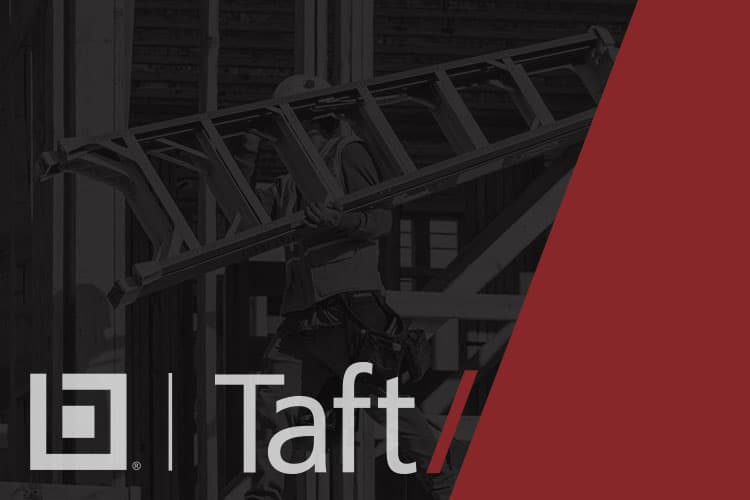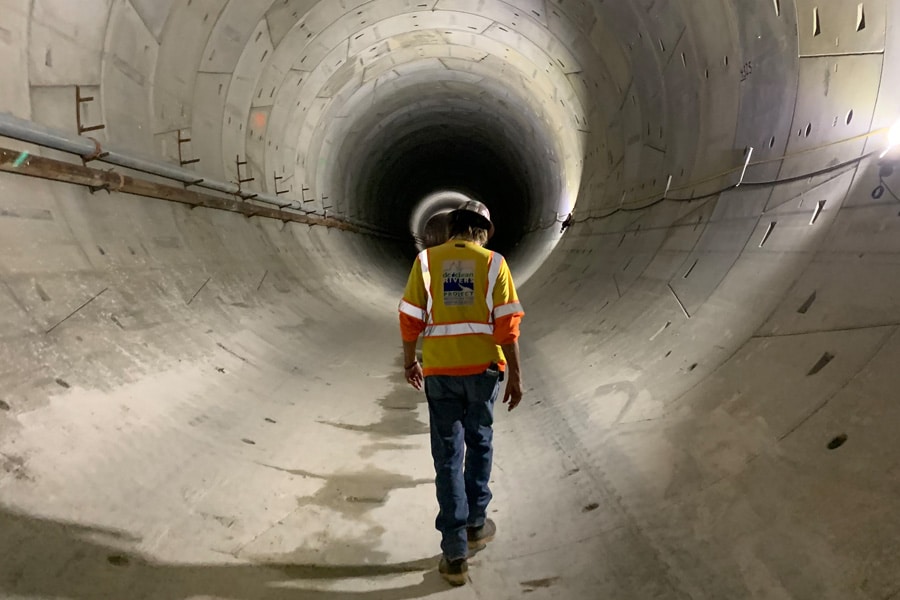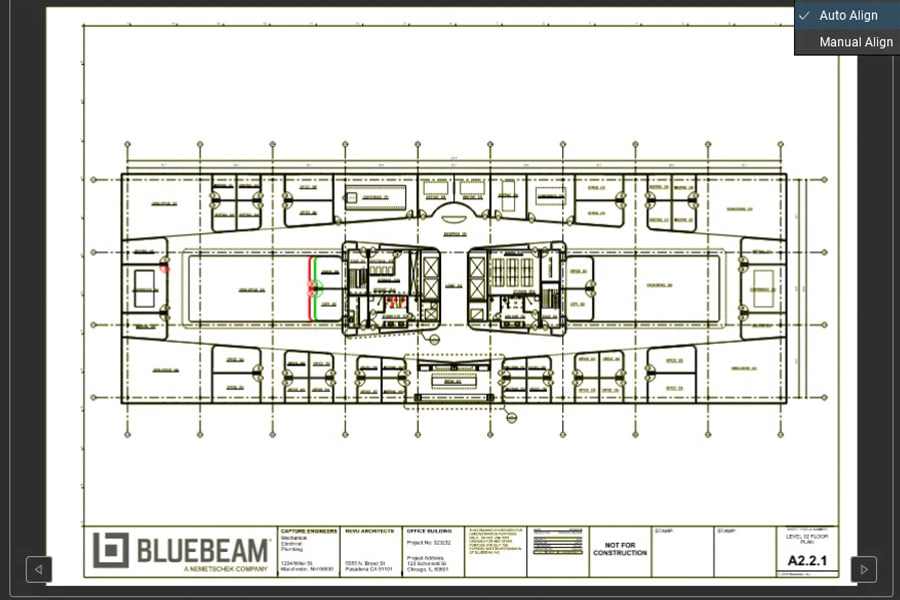Technology Trends—Prefab in Construction
Joseph A. Cleves, Jr., Esq.
Off-site construction is an increasing focus for U.S. construction companies grappling with labor shortages and rising production costs. Long a defined market segment in Asia and Europe, it is starting to gain steam in the U.S. Evidence of its increasing popularity is found in big-name contractors such as Turner and Gilbane that are creating project manager positions for off-site work. Even investors are starting to pay attention. Startups Katerra and FullStack Modular have raised millions in funding for investment in prefab over the last few years. Marriott is requiring off-site construction on its new hotels. McDonald’s and Taco Bell are using off-site production to accelerate the opening of new stores.
In prefab or modular construction, units are produced in a controlled environment and then delivered to the construction site. These units can be full rooms. Patient bathrooms are often modularized for hospital projects, for example. Or they can be components such as systems of pipes manufactured in a factory and then organized on-site for an entire floor. Once transported to the site, they are typically offloaded at or into the structure by crane.
Prefab delivers a number of benefits. Producing components in a controlled factory setting lowers the cost of labor and increases productivity, partly through repetition. Benefits also accrue from avoiding on-site exposure to high levels of noise, dust, adverse weather, and other factors causing fatigue, injuries, and disruptions in concentration. A controlled environment enables improved supervision, easier access to tools, and fewer material deliveries. It leads to reduced requirements for on-site storage of materials resulting in fewer losses of materials and easier coordination of staging. Compressed schedules result from altering the sequence of work. While components are being assembled in a factory, permits can be processed and foundations poured. This allows for fewer scheduling conflicts and better sequencing for craft workers.
On the flip side, prefab raises concerns and poses a different set of contractual risks for the owner. For starters, completed modules can be damaged or destroyed in transit, not a traditional construction risk. Complex crane operations that carry safety risks can be introduced to the project site. A clear-eyed analysis of these risks should be undertaken before the project commences. Capabilities for effective delivery of services and product should be part of an owner’s analysis when selecting its designer and construction manager. The construction manager is best situated to understand the pros and cons of employing prefab on a particular project. This makes it imperative that the construction manager be selected before design begins so that its knowledge can be imparted to the owner and designer.
Once the decision on prefabrication is reached, early collaboration between the design and construction teams is needed to ensure an integrated process. Often the modular designer is providing the structural design needed for individual units and for the structure the units will be incorporated into. The fabricator and the project designer will need to effectively communicate to avoid gaps in responsibility and oversights. Seeing that this happens is the responsibility of the construction manager, who will hold the contract with the fabricator. When the fabricator is involved in structural design, it is going well beyond the means and methods to which subcontractors are usually limited. This creates design exposure for the construction manager, whom the owner should insist carry professional liability insurance.
Rather than viewing prefab units as plug-ins, the project designer needs to see them as part of the process for which it is responsible. A casual design approach of making assumptions and not specifying detail in drawings will probably not work well with an independent fabricator. The designer should place a premium on detail and clarity in creating the interfaces for fabricated elements. Again, the construction manager is the one in an oversight role for this aspect of design. Spelling out obligations and desired processes should be explicitly addressed in the owner’s contracts with the designer and construction manager.
Typically an architect conducts periodic inspections to determine that construction is proceeding in line with the plans and specifications. With the prefab taking place off-site, the architect cannot review that work during a site visit. Someone from the project team, either the designer or the construction manager, needs the ability to inspect the units during production. Similarly, it would be valuable to receive a sample of the modular goods for inspection at the site before the remainder are delivered. These rights need to be in the contract with the fabricator. Meanwhile, the construction manager must have a contractual responsibility to ensure that all prefab units comply with the requirement of the construction documents.
Off-site fabrication raises material supply risk as the value of the goods being transported increases significantly. Prefab units are not commodities that can be replaced by goods off the shelf. Further, the goods being transported are often bulky and coming a long distance. The construction manager’s and fabricator’s contracts need to clearly define who has ownership of the units while being shipped and responsibility for insurance. The owner should investigate whether the builder’s risk insurance policy applies during transit.
An important question is whether modular units are goods or work. The answer determines whether the UCC or common law will apply to a claim. Courts generally employ the “predominant purpose” test when reviewing this issue. If the sale of goods is the most prominent feature, the UCC applies. Where the work aspect dominates, the common law provides the rules. The question in a dispute boils down to whether the loss arose out of a deficiency in the fabricated unit, or from its installation. Usually the answer is the installation, which implicates the common law.
The characterization of the units as goods or work is also important in determining which statute of limitations may apply. Different periods may apply to claims depending on this characterization. Statutes of limitation are very state specific. It is reasonable to assume that some fabrication will take place in a different state than that of the project site. Where this is the case, the fabricator contract must be drafted carefully to take these differences into account.
As prefab construction becomes a greater part of the evolving construction delivery model in the U.S., a cautionary note needs to be sounded. Its benefits can best be utilized with a clear-eyed understanding of the different contractual issues it raises. Using the traditional boilerplate forms will expose the owner and project team to unanticipated risk. Most important is the role of due diligence in selecting the right partner for fabrication. The value they add is significantly beyond the value provided by traditional suppliers and subcontractors. Commensurate with this increase in value is the increase in need to carefully vet their ability, past record, and financial stability. An owner prepared to address the different risks prefab construction presents will be better prepared to realize its benefits.
Joseph A. Cleves, Jr. is an attorney in Taft’s Construction practice, which advise industry participants, including owners, contractors, design-builders, developers, architects, subcontractors, engineers and material suppliers, on all aspects of public and private construction projects. To learn more and access the full article with citations, click here.














